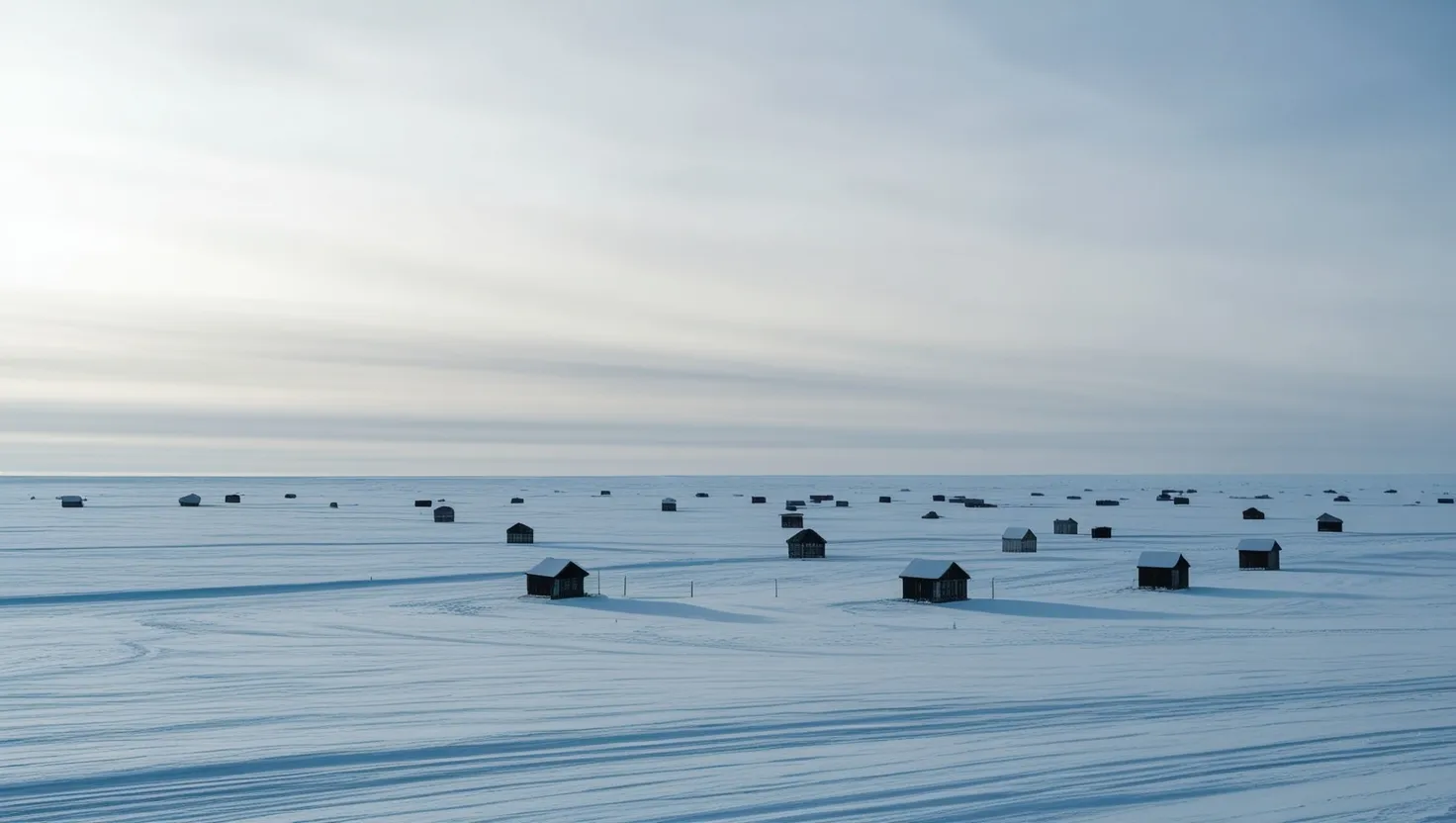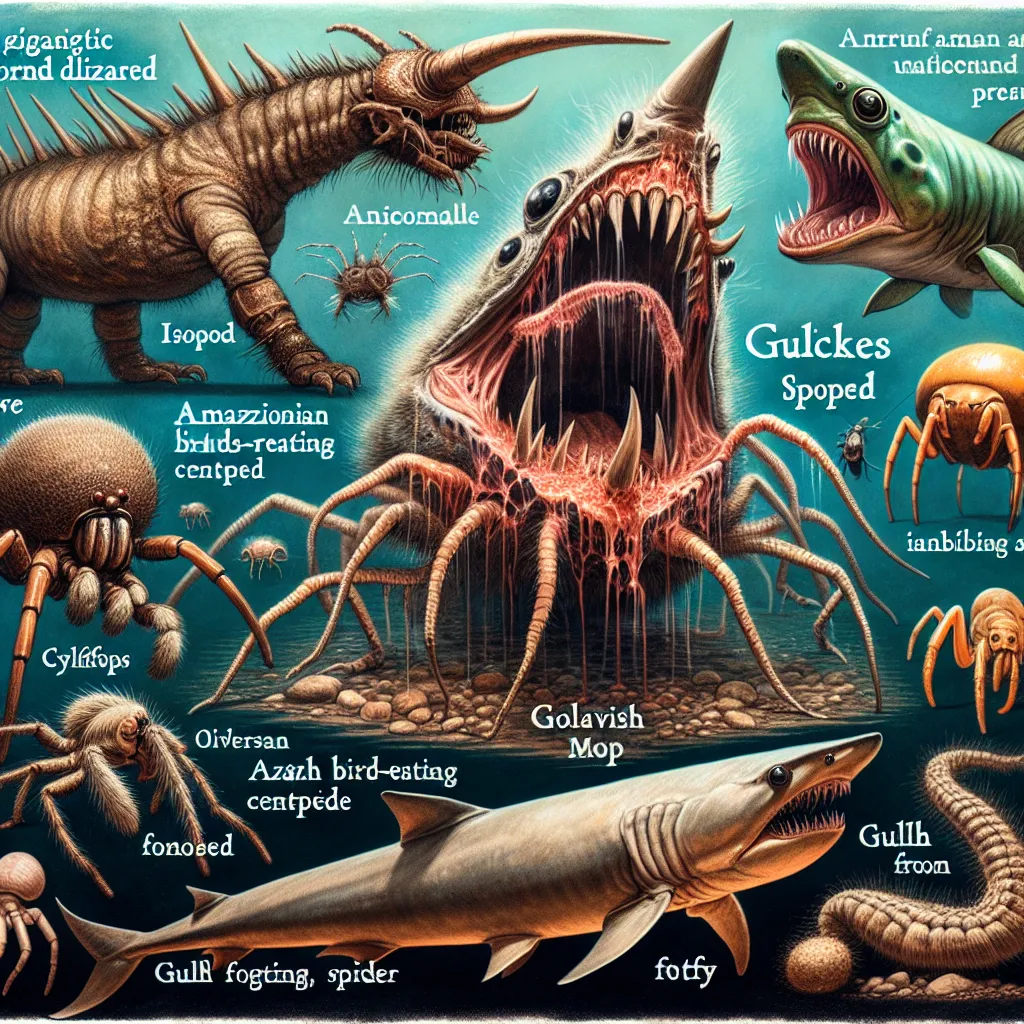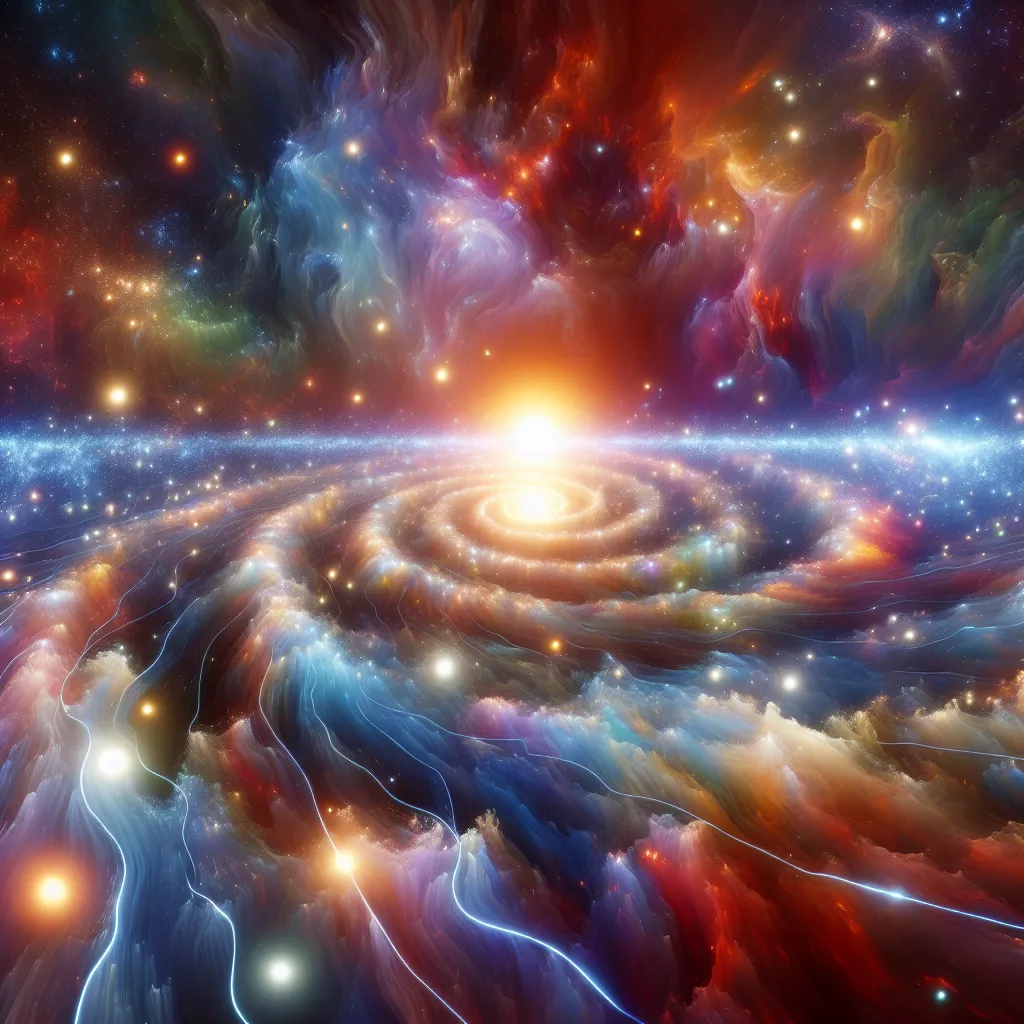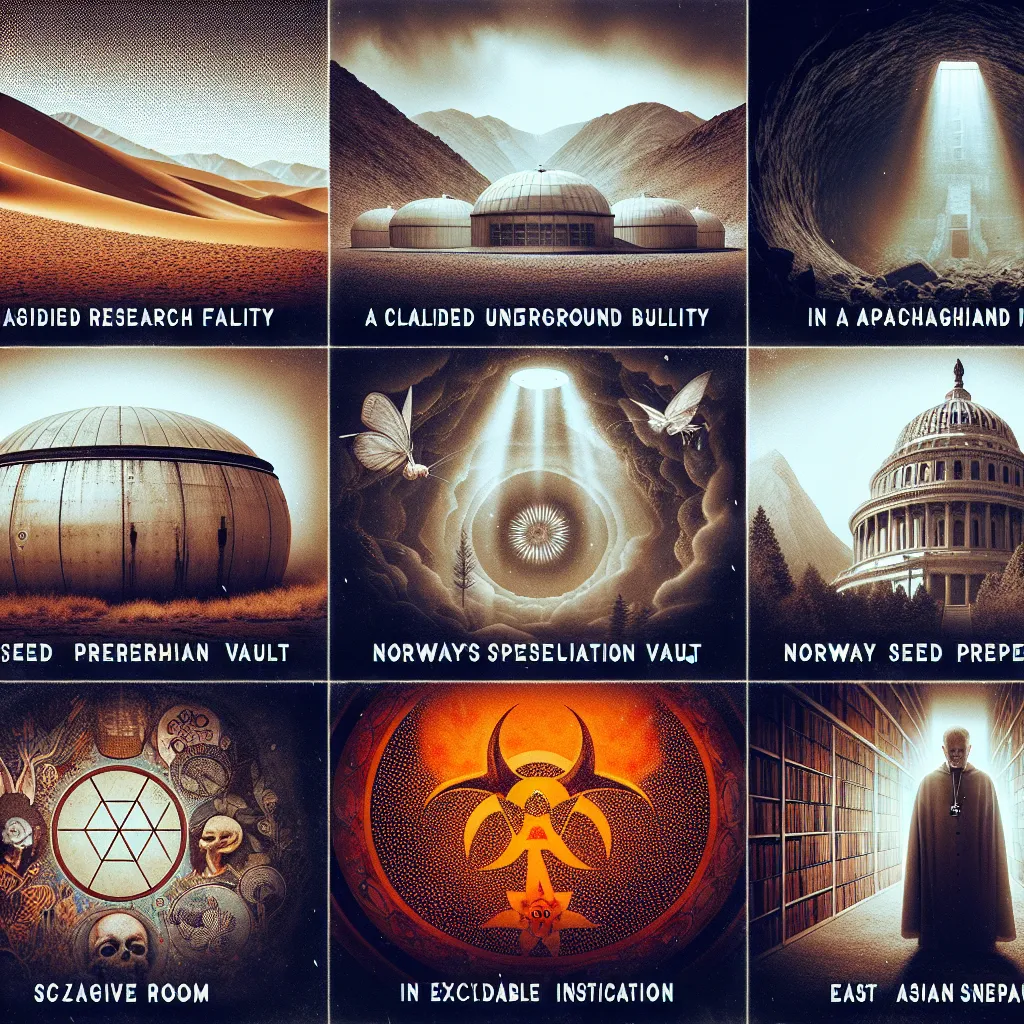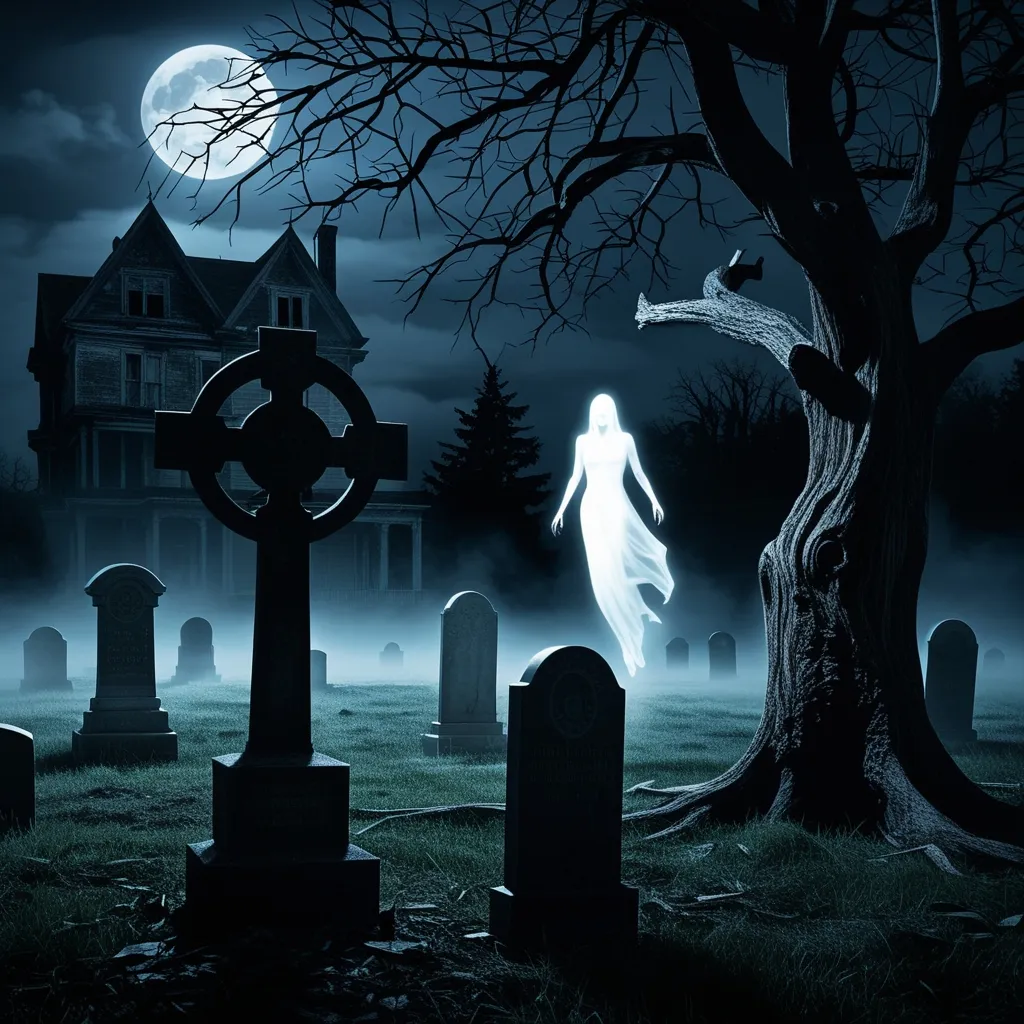I want you to imagine standing outside in the endless white of Siberia, where even the air seems to freeze mid-breath. Out here, in Yakutia, survival is a daily negotiation with one of Earth’s most unforgiving climates. Yet, in this land of ice and silence, something truly bizarre grips entire communities—a mystery that science cannot explain, no matter how many times we circle it. I’m talking about sudden, total neurological collapse. Not stroke, not infection. A true pause in the body’s own wiring.
If you were to ask old villagers about it, the stories would feel almost like myth. Farmers who, in the middle of a task, simply dropped—unable to move a muscle, but able to hear every word around them. Horse handlers staring at the sky, unable to blink. And just when life seems frozen for good, the body stirs again. For some, movement returns gradually; for others, it’s as if nothing had happened at all.
Let’s stop for a moment and consider: what would you do if your entire body ceased to respond, but your mind remained sharp and aware? How would you cope with that kind of terror, and then, the profound relief and endless questions of recovery?
“Medicine is a science of uncertainty and an art of probability.” — William Osler
The first time I read those words, I didn’t think about Yakutia. But the deeper I dig into this medical puzzle, the more apt they feel. We have all sorts of words for neurological disorders—stroke, epilepsy, ataxia, paralysis—each sitting neatly in our textbooks alongside mechanisms and flowcharts. The Yakutian paralysis refuses to fit any box.
Imagine a disease that strikes young and old, men and women, and leaps unbidden across hundreds of miles. There is no pattern. The healthiest mother in a village succumbs, only to recover two weeks later. A reindeer herder falls in the summer, his nephew in the depths of winter. Yet, for all the spreading, it’s not contagious in any way doctors recognize—there’s never that telltale pattern of contact we see with viruses. No common food, no obvious poison, no shared event.
Many patients report one clue—a surge of chill, an internal iciness distinct from Yakutia’s ordinary cold. It’s said to start in the fingertips or toes, racing to the chest in a faint pulse before collapse comes. But when doctors examine the unlucky, their body temperature remains steady, limbs are warm, and vital signs are strikingly normal except for the absence of movement.
Tests fail us. Nerve conduction is normal. Brains and spinal cords show no swelling, bleeding, or trauma. The body’s wiring is all there—but it simply stops transmitting. Yet, there is no evidence of strokes or metabolic disorders, no sign that the immune system is in revolt. If there were a toxin at play, surely, after decades of scrutiny, we’d have found it.
Have you ever wondered if the body might have emergency modes that science hasn’t charted? That maybe, under extreme conditions, it can trigger a total shutoff—a silent stasis as old as human adaptation itself?
The story gets stranger. Yakutian families have lineages stretching back hundreds of years, with DNA custom-built for this harsh land. And yet, the paralysis plays dice. Family members watch as one child succumbs and a sibling remains untouched. Identical twins separate in fate. Scientists dove into genetics, probing for patterns, for inherited conditions or quirks. But the episodes don’t follow a recognizable path—no neat Mendelian inheritance, no markers lighting up on genetic scans.
When we talk about evolutionary biology, we often celebrate visible triumphs—thicker skin, efficient metabolism, sturdier bones. But what about hidden strategies? Could extreme cold, darkness, or isolation trigger ancient shutdown sequences, left over from a time when pausing might have given an edge in deep freeze or famine? Admittedly, that’s speculation, but with every orthodox explanation eliminated, the mind turns to the unconventional.
“Science is not only a disciple of reason, but, also, one of romance and passion.” — Stephen Hawking
If I’m honest, most medical investigations are pedestrian work—tests and retests, trial and error, inches of progress. In Yakutia’s case, investigation borders on obsession. Teams have hauled advanced imaging gear—portable MRI units, thermal cameras—across ice roads and parachuted in by helicopter. Every environmental sample—soil, water, animal tissue—has been tested for radioactivity, heavy metals, rare prions, invisible spores. Dozens of neurologists, infectious disease experts, toxicologists, even anthropologists have failed to pin down a culprit.
Some hypothesize that ancient microbes, locked for millennia in permafrost, might gain brief access to human biology as climates warm, before disappearing again into icy sleep. It’s dramatic, but possible—especially as the land itself is steeped in myths of “sleeping sickness” and “chill curses.” But if this were an infection, why does it not spread between households or through food? Why does it resolve—sometimes overnight—without intervention?
Would you believe, in some cases, shamanic rituals are as common as modern drugs? Some locals maintain that when science cannot explain or cure, tradition offers at least a sense of agency—songs, herbs, chants alongside infusions and IV lines.
“Where there is the greatest love, there are always miracles.” — Willa Cather
I recall stories where, on the edge of despair, family members gather, sometimes waiting in patient silence, and sometimes coaxing the healthy limb to respond with warmth, pressure, or song. For many, recovery becomes its own type of miracle.
A few researchers, searching for metaphors in physics, compare these episodes to a computer’s “safe mode,” or a “watchdog timer” that, faced with an error, halts system activity until conditions normalize. Could the brain, under layered stress from cold, isolation, and unknown triggers, flick the body into a temporary stasis while sparing the mind? Or is the answer hiding still deeper—in the patterns of sunlight and darkness unique to these northern latitudes, or in the cumulative effects of subtle environmental stressors that science has yet to measure?
Let’s not pretend that not knowing offers comfort. The villagers of Yakutia live with uncertainty layered atop every other hardship. For them, sudden collapse is another hazard of life on the tundra, discussed in quiet hours and sometimes shrugged off with resilience born of necessity.
But for the rest of us, the lessons run deeper. Yakutia’s silent epidemic reveals just how little we grasp about our own bodies—how the nervous system can switch states into and out of paralysis, not by trauma or infection, but through signals no machine can currently detect. This is both humbling and, in its own way, strangely hopeful. It highlights the complexity of adaptation, the unfinished map of human biology, and the enduring power of the unknown.
So, what should we take away from this? Should it be fear—that our bodies might shut down in unexplained ways? Or curiosity—that even after centuries of progress, nature guards secrets none of our tools can yet reveal?
As I reflect on Yakutia, I ask you: will future generations solve this mystery, or will it remain forever woven into the snowy silence? The wind out here doesn’t offer answers, only more questions. Perhaps that’s exactly what keeps science moving forward.
“The important thing is not to stop questioning. Curiosity has its own reason for existence.” — Albert Einstein
In the northern ice, the human story keeps writing itself, as beautiful and mysterious as ever.
